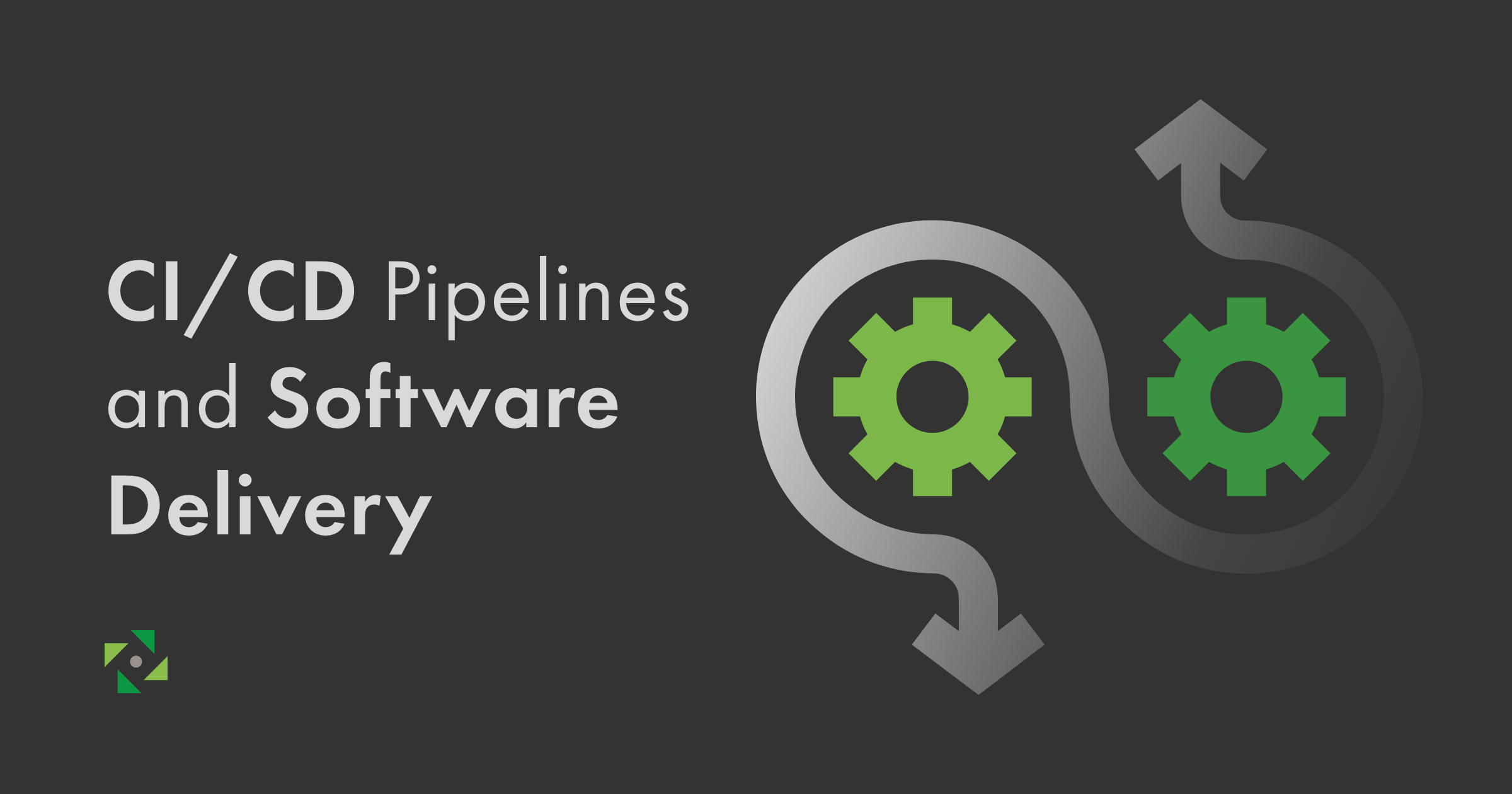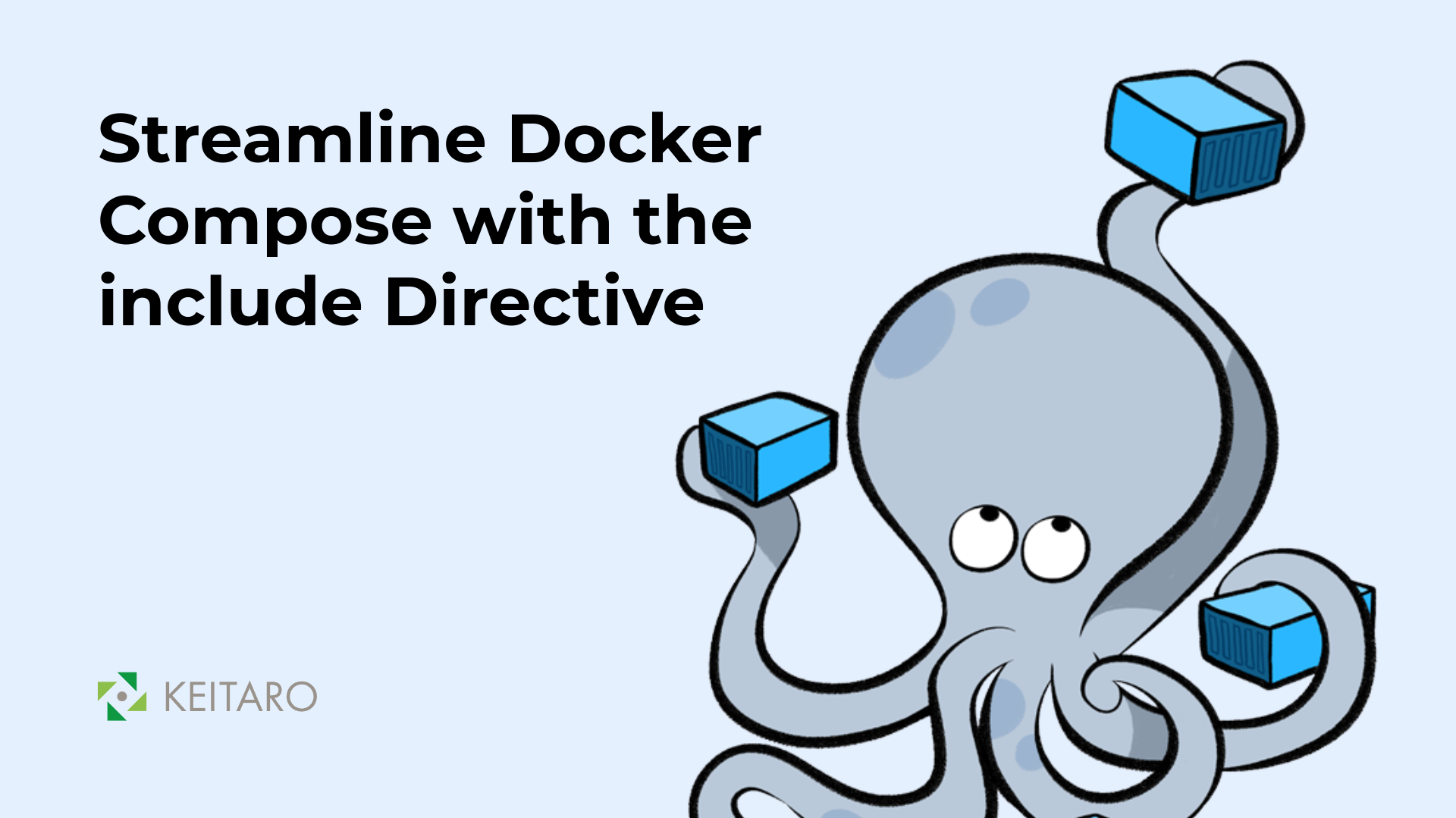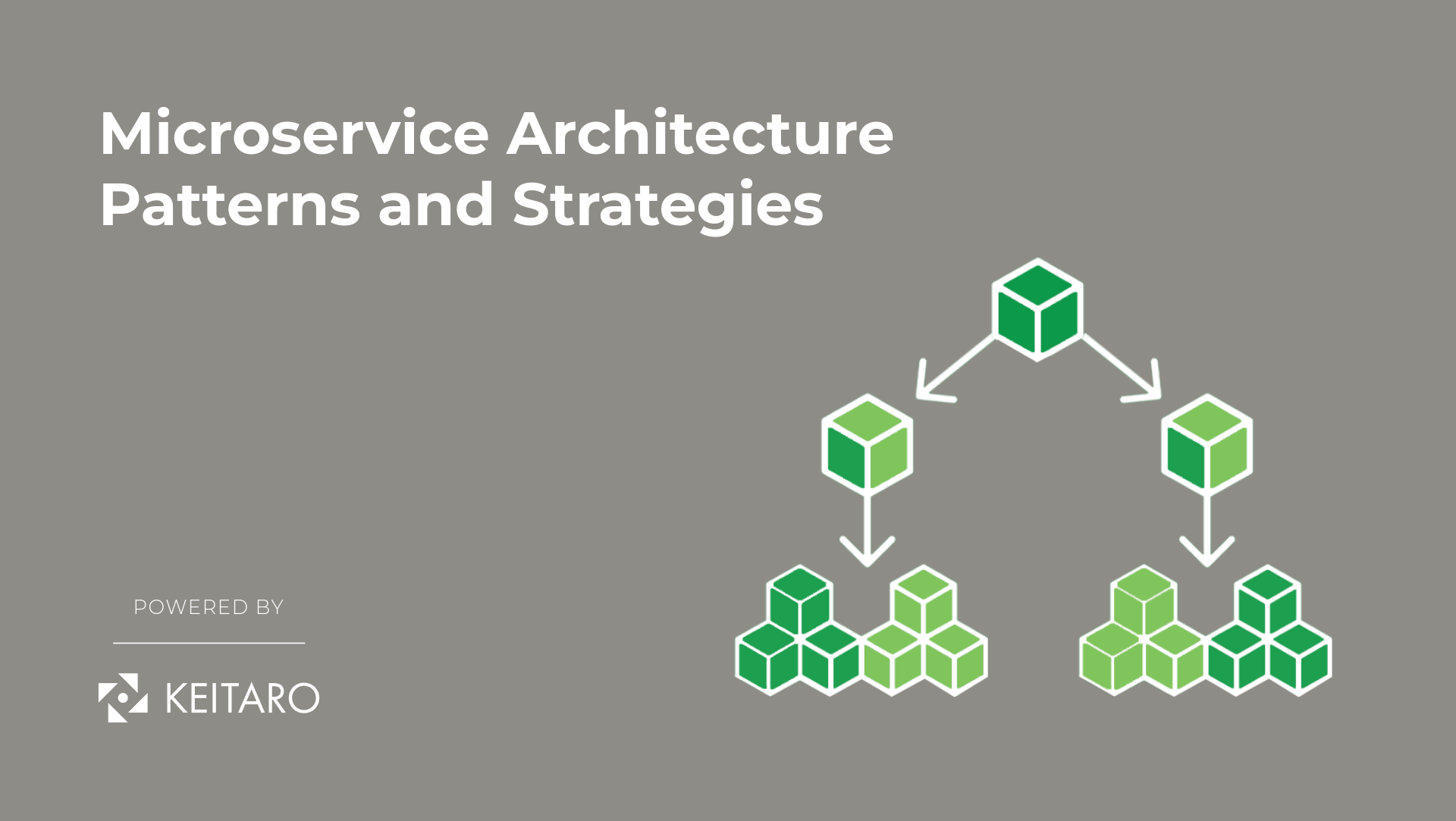Just a few years back, it was a very long brainstorming-intensive manual process to integrate and deploy code. It usually involved representatives from different teams meeting after a week, month, or quarter to integrate all the developed code, fix the issues, and deploy the merged version to the production environment. But now there are semi- or completely automated continuous integration (CI) and continuous delivery (and/or continuous deployment) (CD) systems to complete these processes in a fast, reliable, and accurate manner. In this blog, we will spotlight the CI/CD pipeline and cover all the basic details you should know.
What is a CI/CD Pipeline?
Continuous Integration (CI) encompasses all the stages comprising the build and packaging of a developing application. Continuous Delivery & Deployment (CD) includes all the infrastructure and deployment stages that must be performed to efficiently deploy your code into the production environment. Note that we’re talking about only the production environment here, but CI/CD can be used for deploying your code on any environment of your choice (shared development environment, QA, production, etc.).
If we sum up operations of CI and CD, then a CI/CD pipeline is a series of steps that must be performed to take source code from the development stage into production. In simple words, a CI/CD pipeline brings automation and monitoring to enhance the development processes, which include integration, testing, delivery, and deployment.
CI/CD Pipeline Elements
Since every enterprise has a different set of processes, requirements, and frameworks, the steps involved in building a CI/CD pipeline can vary. However, the following are some of the key elements that are found in every CI/CD pipeline:
- Build: The phase when code is compiled.
- Test: The phase when the code is tested to see if it functions the way it’s intended. There can be multiple Test phases before the completion of the process.
- Release: The phase when the code is delivered to the repository (like GitLab, GitHub, Bitbucket or a container registry).
- Deploy: The phase when the code is deployed to production.
- Validation and Compliance: The phase where the build is validated.
Benefits of CI/CD Pipeline
The CI/CD trend is prominent in the software product industry because of the number of benefits associated with it, such as the following:
- Quality-Ensured Software
CI/CD lets developers handle small sets of code, which means that if bugs emerge, then they will likely be simple and can be quickly fixed. It also reduces the chances of errors reaching the production environment. In addition, automated testing with CI/CD also minimizes the chances of bugs reaching end-users.
- Fail Remedy
While working on new features or updates, there is always a risk of software failure. With CI/CD, software malfunctions can be found and addressed faster due to the immediate feedback process. This is why CI/CD is an ideal approach for conducting different tests, such as blue-green testing, A-B testing, etc.
- Productive Workforce
Developers love to do coding, but they tend to like less the other, more tedious tasks. With CI/CD pipelines, processes can be automated in many stages. This allows developers to focus more on quality and creativity, thereby enabling a more productive workforce.
- Faster Software Delivery
If you’re in the software business, CI/CD sets up an effective and fast process to get your software delivery to the market ahead of your competitors, along with a better environment to quickly fix bugs and release new features. All this is done while ensuring thorough testing and quality assurance.
How Automated CI/CD Pipelines helps Teams
Today software firms use CI/CD pipelines as a mechanism to take the source code from the development stage to production. With automated CI/CD pipelines, developers are capable of initiating pipelines without the need for human intervention. By comparison, without automated CI/CD pipelines, you have to coordinate with other teams to set up the next environment infrastructure or execute a test suite. In short, it increases the deployment time with less iteration, impacting the efficiency of the overall operation. With automated CI/CD pipelines, developing teams are in a better position to get instant feedback, quickly identify the needed changes, and implement them in minimal time. In a nutshell, automated CI/CD pipelines turn the build, test, packaging, and deployment into a hassle-free process for developers.
Final Thoughts
CI/CD pipelines have become a core part of developing infrastructure for software creators today. The productivity of developers is now often linked with the quality of CI/CD pipelines they get access to. An automated and well-formulated pipeline encourages developers to focus more on quality and adopt good DevOps practices. What’s more, effective CI/CD pipelines also ensure bug-free launches and the faster release of new features. Overall, a software producer can gain a significant competitive edge with well-designed CI/CD pipelines.



